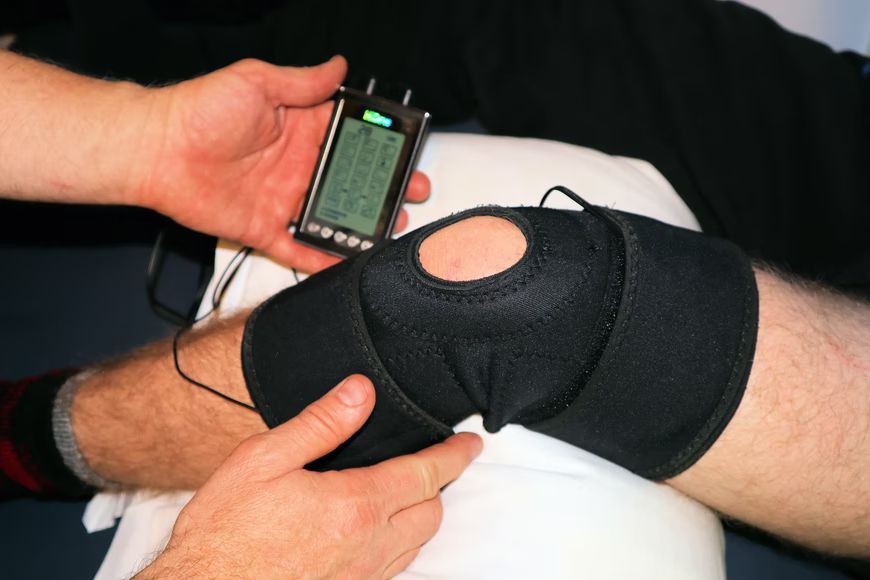Everything You Need to Know About Cumulative Trauma Disorder
Getting hurt on the job can occur due to an accident (specific injury) or repeated trauma from repetitive work (cumulative injury). While specific injury claims are the most common, California workers may also be compensated for cumulative injuries. Not all states cover cumulative injuries because it can often be challenging to prove fault.

But regardless of how the injury occurred–all at once or slowly over time, the pain is real, and the loss of productivity is real. If a worker can make a strong case documenting that they have been required to perform repetitive tasks over months or years that are medically deemed to contribute to a diagnosed condition, there’s a case.
What is Cumulative Trauma?
Cumulative trauma refers to any type of repetitive stress injury. When employees perform similar motions repeatedly throughout entire shifts, day after day for months or even years, the daily trauma adds up. While the person may overlook a sore joint, repeated trauma will inflame the condition and worsen the symptoms.
Rest and physical therapy are the best treatments for repetitive stress injuries. And returning to work before the injury is healed only prolongs the problem. These injuries are common in assembly-line workers, cashiers, and data entry clerks.
Common repetitive stress injuries include:
- Carpal Tunnel Syndrome
- Back Injuries
- Tendonitis
- Tennis Elbow
- Raynaud’s Syndrome
Cumulative trauma disorder affects tendons and muscles but may also involve nerves and joints. Regardless of where the trauma occurs, the first signs include intermittent tingling or numbness, stiffness, throbbing pain, general tenderness, and weakness.
Related: How Long Does a Workers’ Compensation Claim Take?
Can You Treat Cumulative Trauma Disorder?
Treatment begins by finding the cause of the injury and making appropriate changes to stop or limit that activity. If your job is the culprit, you’ll need time off to rehab the injury and proper accommodation once you return. This could simply mean upgrading to a more ergonomic workspace for office workers. But in severe cases, it could mean finding a new job or making a conscious effort to rotate positions. Building your strength in the affected limbs can also help prevent reoccurrence.
Simply resting the strained muscle or tendon will do a lot to promote healing. And for many conditions, your doctor can provide stretching exercises for you to perform at home. More advanced conditions may require physical therapy from a specialist. And severely advanced cases may even require surgical intervention.
For example, carpal tunnel is a common condition affecting the nerves in the wrists. If pain cannot be alleviated with rest and therapy, the surgical intervention will block the nerve from transmitting pain signals to the brain. That means they can’t fix the wrist; they can only tell your brain not to acknowledge the pain.
Common treatment options for RSI’s include:
- Medication (e.g., over the counter anti-inflammatory drugs)
- Physical Therapy
- Steroid Injections
- Surgery
- Complementary Therapies (e.g., acupuncture, chiropractic)
Invictus Law is an efficient, aggressive legal solution that can help injured workers navigate the claim process and receive the benefits they’re entitled to. Learn more today.

How to Prevent Cumulative Trauma Disorders
These are primarily muscular, affecting muscles, tendons, ligaments, nerves, and joints. Trauma occurs from over-flexing or extending muscles, unnatural body positioning, repetitive movements, or excessive force. Understanding how and why CTD occurs will help you take steps to prevent injury, like:
- Use Proper Posture
- Take Short Breaks to Stretch
- Use Ergonomically Designed Tools
- Focus on Healthy Habits (a well-hydrated body is more resilient)
- Adjust Your Workstation: Monitors, Keyboards, and Chairs
- Be Mindful of Pain and Wear Braces as Needed
Related: How Does Weed Affect My Workers’ Comp Claim?
What are the Most Common Cumulative Trauma Injuries?
There are many individual factors that come into play with cumulative trauma. It’s not only about what the individual is doing but also how they are doing it and how their body tolerates it that determines whether or not the action is traumatic. Since we are all at different fitness levels and overall health, there is no way to know who will or will not develop a cumulative trauma injury. Carpal Tunnel Syndrome and back injuries are the most common types of cumulative trauma injuries. Luckily, both are also listed on the social security disability list for severe cases.

How to Get Workers Compensation for a Cumulative Trauma Disorder
If you’re experiencing pain, see a medical doctor. Document all treatments leading up to and including a diagnosis. If you believe that your diagnosis results from activities you performed on the job, notify your employer. Next, find a skilled workers’ compensation attorney to help you navigate your case. With these types of injuries, the date of injury may not be clear, and the effects of the injury may take longer than the typical statute of limitations to appear. But that doesn’t mean you don’t have a case for claiming worker’s compensation. A good attorney can help.
Once your claim is filed, you should expect a formal investigation that includes reviewing your medical history and job task analysis. Essentially, your employer’s insurance company will look for reasons to deny your claim. Having the proper representation on your side can help you make sure that you get a fair shake.
Related: Reopening an Old Workers’ Comp Claim
The Takeaway on Cumulative Trauma Disorders
Cumulative trauma is a lesser-known workplace injury that occurs from years of repetitive motion. It’s hard to detect until the trauma becomes severe and the pain is consistent, often making it difficult to pinpoint exact causes. However, full-time workers spend large amounts of time at work performing similar duties. In many cases, those job duties are the cause of the injury and, as such, should be covered by workers’ compensation. Unfortunately, there is a lot of uncertainty with these types of claims, and it’s a little easier for insurance companies to wiggle out of them. It’s always a good idea to work with a skilled worker’s compensation attorney to access your benefits.
Invictus Law is a certified specialist firm in workers’ compensation claims. We can help with filing, qualifications, claims, disability, and more. Schedule a consultation with our office today.

